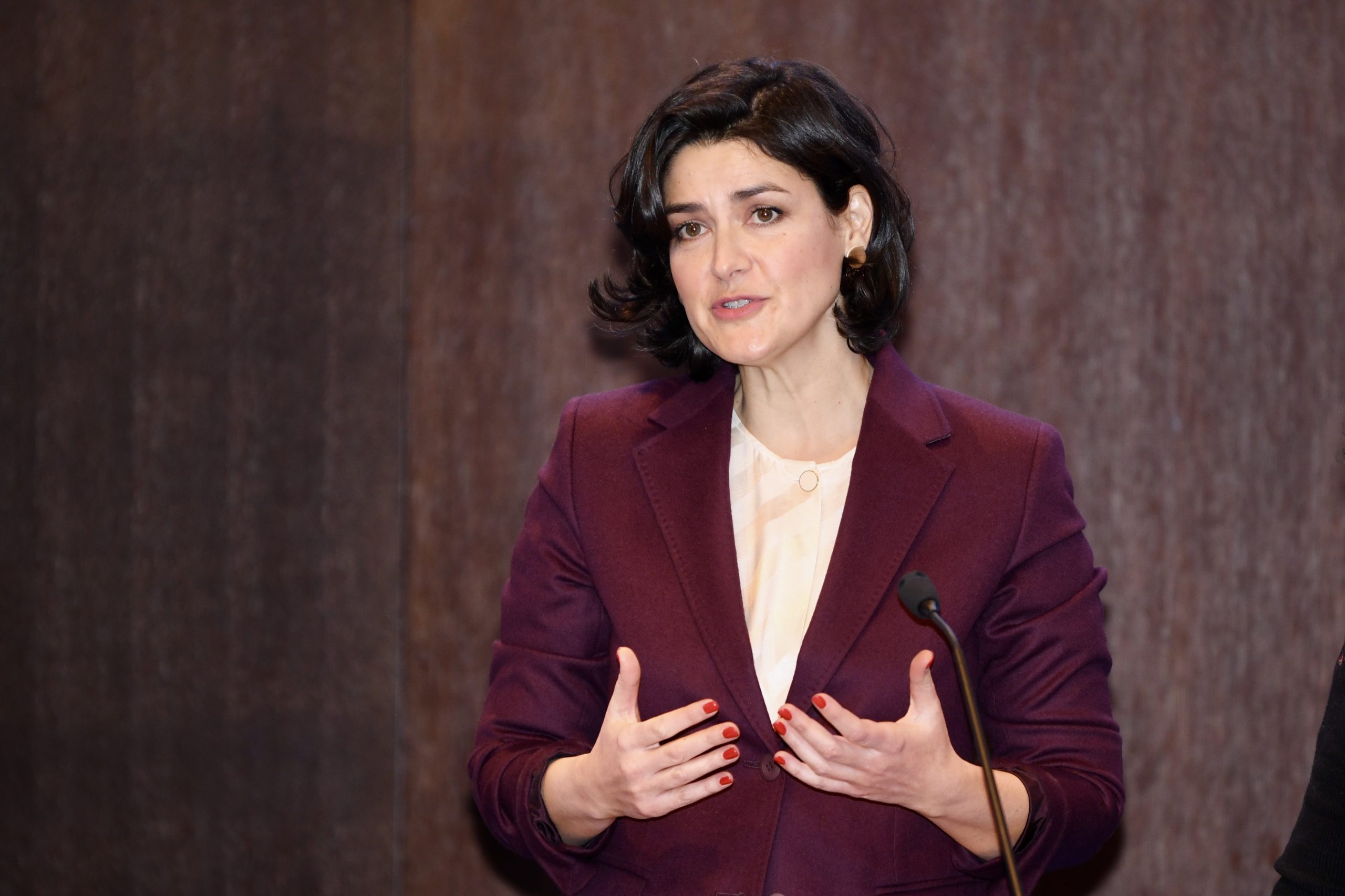“This challenging reform of final examinations in secondary education carries the potential to improve the quality and equity of the education system and empower every student and person in their lifelong learning process”, said Plamena Halacheva, Deputy Head of the Delegation of the European Union in Serbia, at the final event of the State matura project.
During the past four years, with the support of the European Union, the education system has been continuously strengthened and prepared for the introduction of the state matura in the school year 2023/2024. Once implemented, it will become the most powerful tool for improving the quality of secondary education.
“As Claude Bernard said, a man can learn nothing except by going from the known to the unknown. This requires a leap of faith, but it is necessary if we are to move forward”, reminded Halacheva. She underlined that Serbia is not alone in this important endeavour, and can continue to count on EU financial and expert support to strengthen education as a core sector for Serbia’s socio-economic development.

“The State Matura is a project of national interest and is in the interest of the students in the final year of upper secondary education and future academic citizens. This concept enables equality and fairness for students, and at the same time, it is an instrument for improving the quality of the entire educational system. The State Matura Project helped us to define processes and procedures, to establish cooperation with all actors and to involve them, to conduct trainings so that the whole process would run as well as possible and so that the state matura would take root in the Serbian education system as well,” said Branko Ružić, Minister of Education of the Republic of Serbia.
For the past four years, the State matura project has supported the Ministry of Education to prepare the introduction of final exams at the end of secondary education. The new model of final exams will be introduced from the 2023/2024 school year, as a means of national summative assessment at the end of secondary education. It will increase the quality of education and simplify the transition to higher education. Currently, high students are obliged both to pass a high school graduation exam, and at the same time, to take the entrance exam to the university.
“The State Matura Project has been completed, but the obligations that lie ahead of us are not yet finished. Now it is up to the national institutions to take over the implementation of the state matura so that each segment of it functions as well as possible. State matura is a very good tool for improving the quality of the education system, not only in high school, but in the entire vertical. I hope that everyone will see this in the education system and take advantage of it and improve education as a whole,” concluded Gregor Mohorčič, Project Leader of the State Matura Project.

As the concept provides, all students will take the same tests at the same time and under the same conditions. Grading will be external, reviewers will review individual assignments, not the test as a whole, and will not know whose assignments they reviewed, thus ensuring greater objectivity in reviewing tests and results. Finally, if the faculties accept the exam as an enrolment criterion, students will have access to a greater number of faculties, with reduced application costs. As the standardised exams at the end of secondary education will already include subjects that were previously on the list of subjects for entrance exams, it is expected that the entry exams will be retained by faculties that test special aptitudes and abilities.
The State matura project was implemented with the financial support of the European Union. Since 2003, the EU has invested more than 100 million euros in the education sector – from the improvement of preschool education and education, through the reform of secondary vocational education, adult education, renovation and equipping of higher education institutions, the reform of the state matura to the inclusion of children from vulnerable groups and providing help bridge the digital divide among school children.




